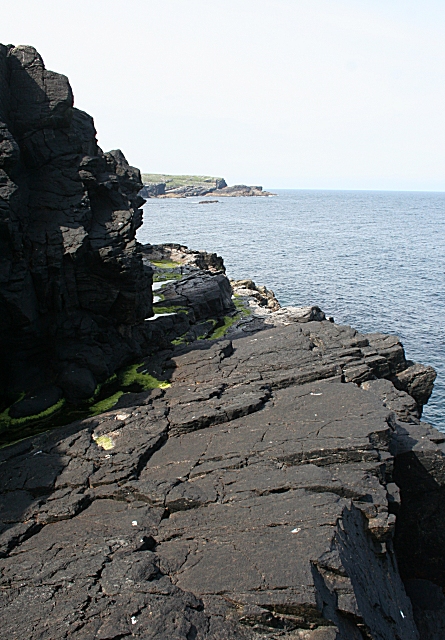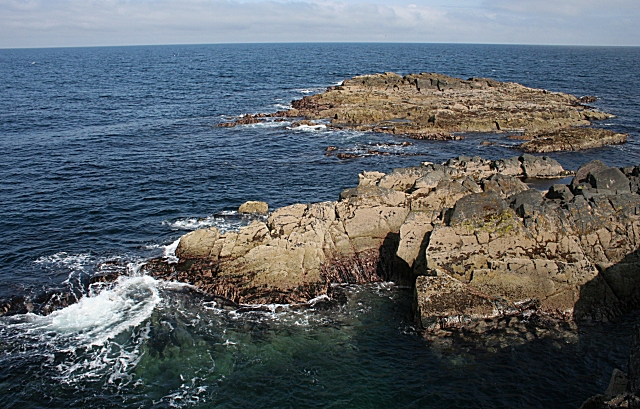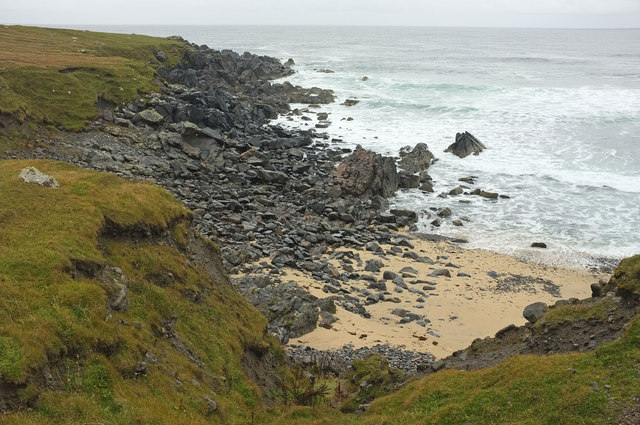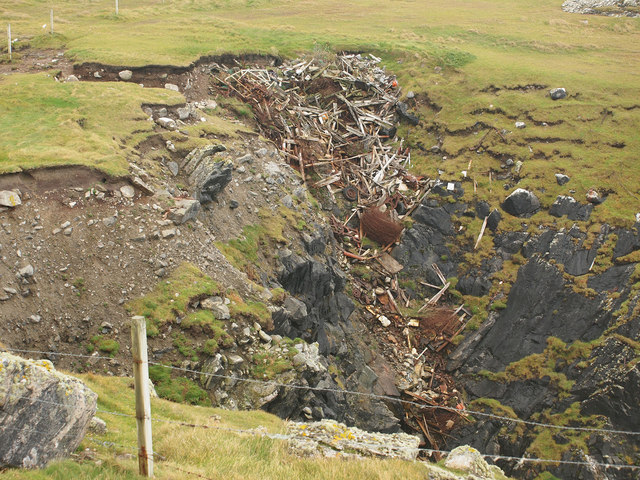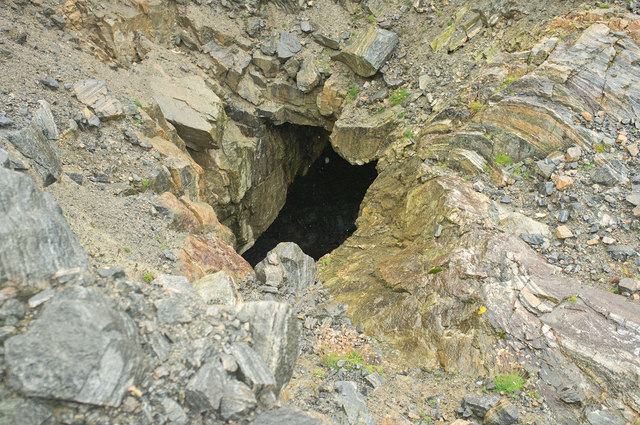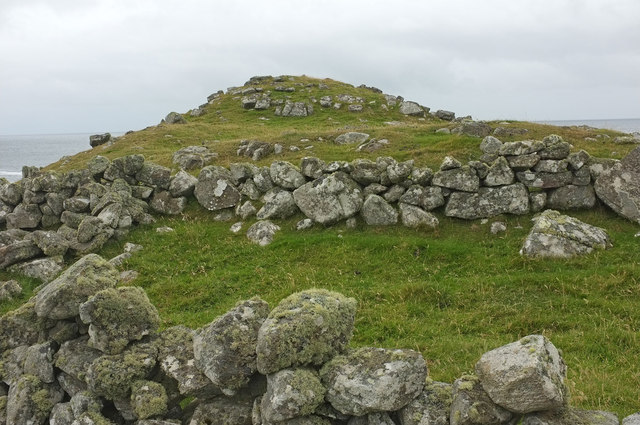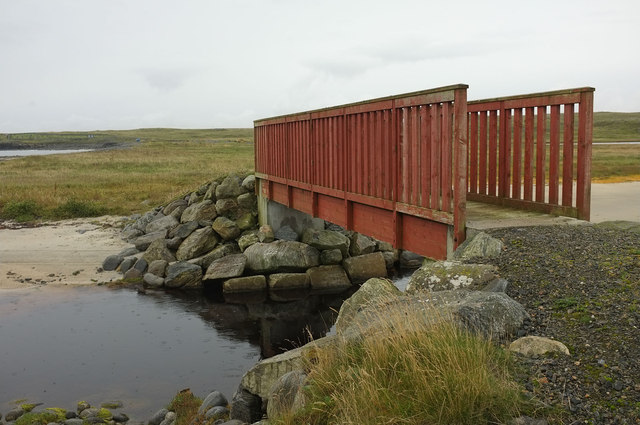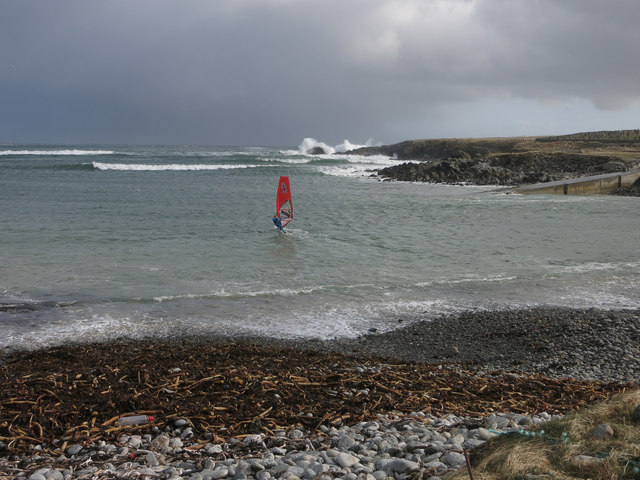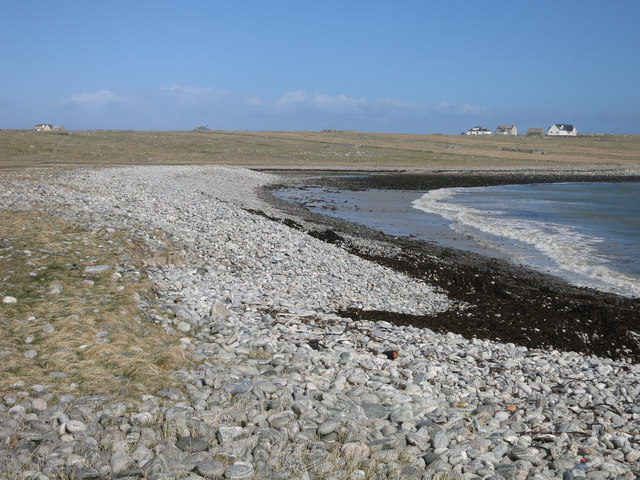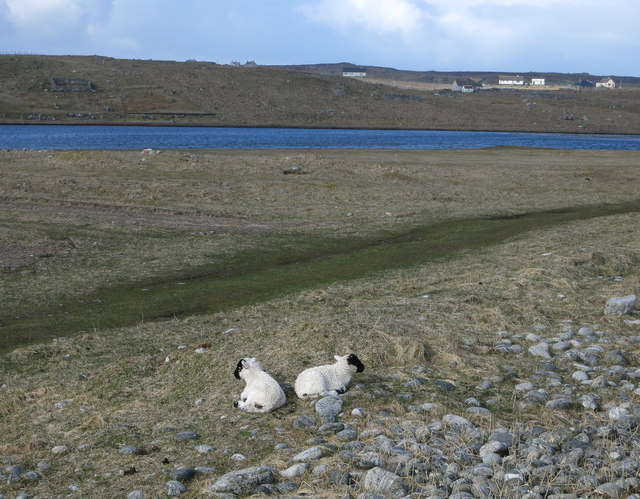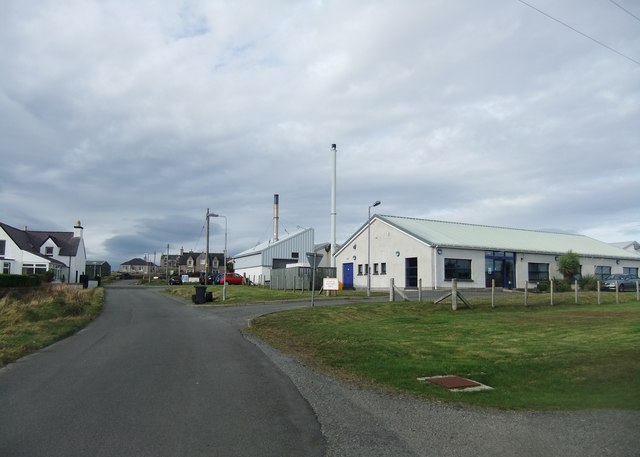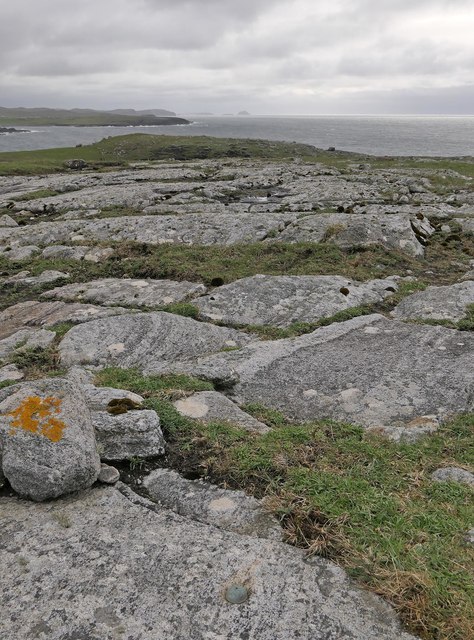Geodha Bràighe na h-Airde Moire
Coastal Feature, Headland, Point in Ross-shire
Scotland
Geodha Bràighe na h-Airde Moire
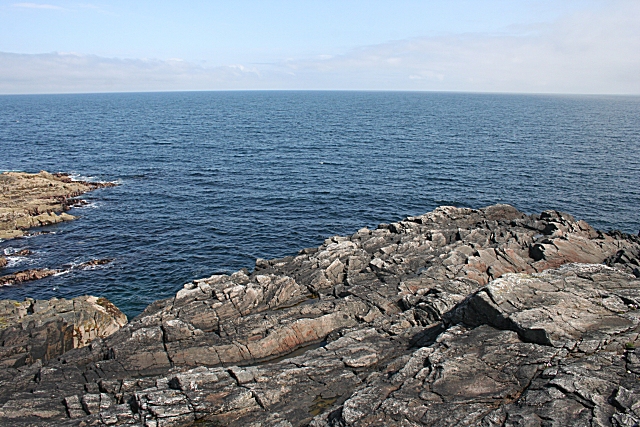
Geodha Bràighe na h-Airde Moire is a coastal feature located in Ross-shire, Scotland. It is an impressive headland that extends into the North Atlantic Ocean, offering sweeping views of the surrounding area. The point is situated on the western coast of the Scottish Highlands, approximately 20 miles north of Ullapool.
This rugged headland is characterized by its steep cliffs, which reach heights of over 100 meters. The cliffs are composed of ancient rocks, showcasing a variety of geological formations, including layers of sandstone and conglomerate. The erosion caused by the powerful waves crashing against the cliffs has created caves, arches, and other captivating natural features.
The area surrounding Geodha Bràighe na h-Airde Moire is rich in wildlife, making it a popular spot for nature enthusiasts. Visitors may catch a glimpse of various seabirds such as guillemots, puffins, and fulmars, nesting along the cliffs. The waters surrounding the headland are also home to a diverse range of marine life, including seals and dolphins.
Access to Geodha Bràighe na h-Airde Moire is limited due to its remote location. However, there are footpaths and trails that allow visitors to explore the area safely. The headland is part of a larger nature reserve, providing opportunities for hiking and birdwatching.
Geodha Bràighe na h-Airde Moire is a captivating coastal feature that offers a glimpse into the rugged beauty of the Scottish Highlands. Its dramatic cliffs, diverse wildlife, and breathtaking views make it a must-visit destination for those seeking a connection with nature.
If you have any feedback on the listing, please let us know in the comments section below.
Geodha Bràighe na h-Airde Moire Images
Images are sourced within 2km of 58.350171/-6.666637 or Grid Reference NB2749. Thanks to Geograph Open Source API. All images are credited.
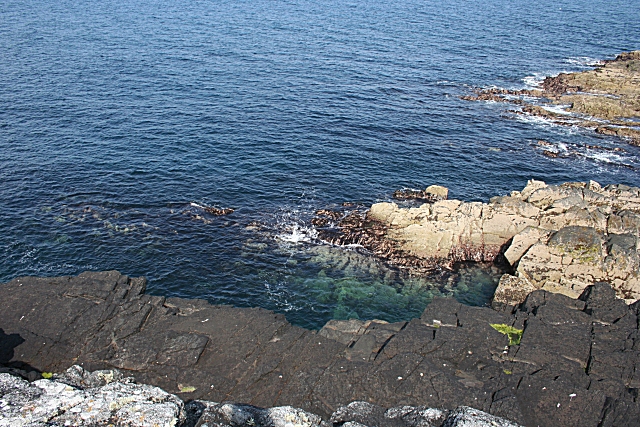
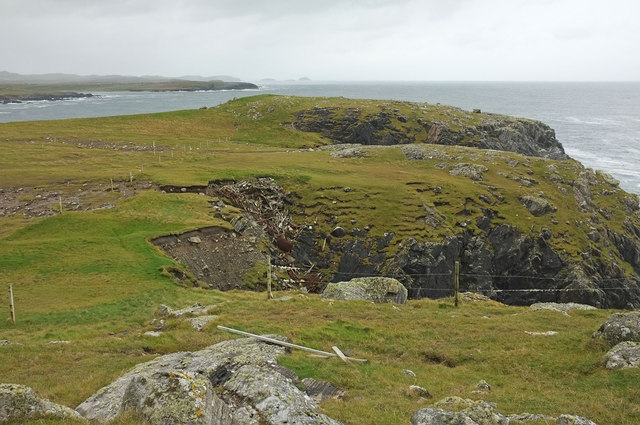
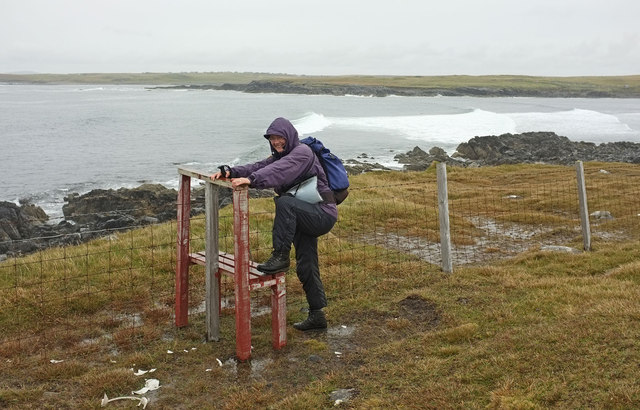
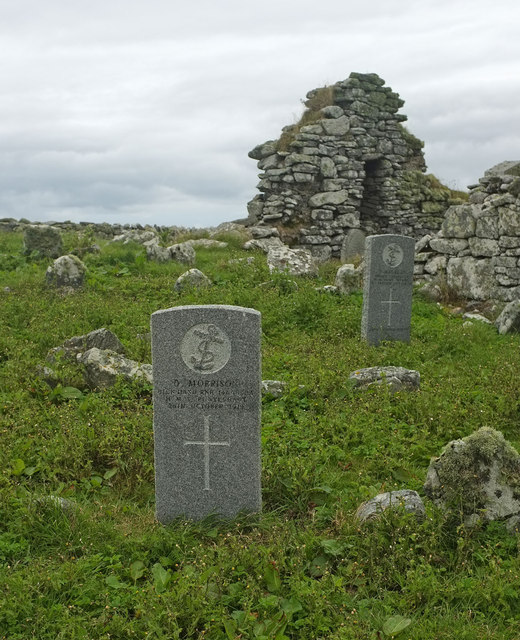
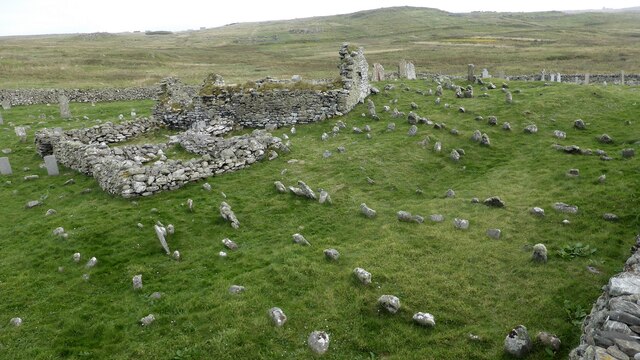
Geodha Bràighe na h-Airde Moire is located at Grid Ref: NB2749 (Lat: 58.350171, Lng: -6.666637)
Unitary Authority: Na h-Eileanan an Iar
Police Authority: Highlands and Islands
What 3 Words
///unpacked.clasps.brilliant. Near Carloway, Na h-Eileanan Siar
Related Wikis
Bragar
Bragar (Scottish Gaelic: Bràgar, pronounced [braːgər]) is a village on the west side of the Isle of Lewis in the Outer Hebrides, Scotland, 14 miles (23...
Shawbost
Shawbost (Scottish Gaelic: Siabost) is a large village in the West Side of the Isle of Lewis. The village of Shawbost has a population of around 500 and...
Arnol
Arnol (Scottish Gaelic: Àrnol) is a small village typical of many settlements of the west coast of the Isle of Lewis, in the Outer Hebrides, Scotland....
Mullen Bridge
Mullen Bridge is an old bridge crossing the Royal Canal in Maynooth in County Kildare, Ireland. It was built between 1790 and 1800.The bridge used to carry...
Have you been to Geodha Bràighe na h-Airde Moire?
Leave your review of Geodha Bràighe na h-Airde Moire below (or comments, questions and feedback).
